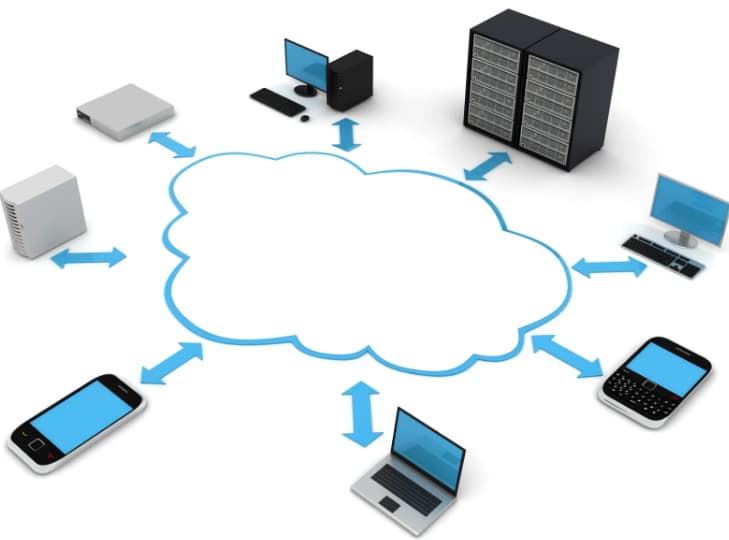What is web caching in computer networks, is one of the most frequently asked questions on global search engines, as caching is a process that has become part of our daily lives through the Internet.
It is a secure way to store data, which can be accessed recursively through cache.
It is a temporary storage area which makes it easier for you to access all the data you want in a quick way, and work on optimizing the system and the tool of the application.
Caching is widely used on all servers, web browsers, and content delivery networks. Through this article, we will talk about everything related to what is web caching in computer networks.
What is web caching in computer networks

What is web caching in computer networks One of the most common questions is that caching is the process of storing frequently used data within a temporary storage area called cache.
The main goal of which is to improve the system and performance of the application by reducing the amount of time it takes to access all the data.
And when working on the request for the data inside the cache, the system can work on retrieving the data from inside the memory for the temporary storage instead of having to fetch it from the primary source, which can be slow.
In general, caching is one of the main processes that have revolutionized the way to access data via the Internet, which has become the main part of modern computing, which allows us to access all data in a faster and more efficient way.
How caching works
After we have answered the question of what is web caching in computer networks, we must know how it works.
When the request is made for the data, the cache system checks to see if that data already exists and is stored, and if so.
The system works to retrieve data from within the temporary storage memory that it provides to the user, and in the event that this data is not present in the temporary storage memory.
This system retrieves them from the primary source and stores them inside the cache, for future use.
The next time the user requests data from it, it will be served by the cache, which is faster than fetching it from the original source.
Benefits of caching
After getting to know what is web caching in computer networks, it is necessary to identify what are its most important benefits, that caching is a technology that can bring many benefits to all applications.
This is done by improving performance and working to reduce costs and also increase productivity, and in the following points we will work on presenting the most important benefits of temporary storage.
Performance improvement
One of the major benefits of caching is that it can greatly improve the performance of applications, because reading data and information from cache within memory is faster than accessing frequently accessed data from through RAM.
It also reduces latency buffering associated with accessing data and storage devices that are long-term and slower, which can enhance that user experience, and also increase the efficiency of critical business processes.
Cost effective
Caching can help reduce business costs associated with using the database, by storing frequently accessed data in memory.
It can also reduce the number of times that information and data need to be retrieved through the database, and this can help reduce the load on the server of the database, which in turn helps reduce the use of all the database and all its costs.
Higher productivity
Caching at work can help increase productivity, which is the amount of data that is processed by the system within a specified period, and by storing data that you can access frequently in memory.
It can help you reduce the amount of time it can take to retrieve data from a database or other storage device, and can help increase the overall throughput of an application.
It is possible for temporary storage to take many forms, including the cache within the web, as well as the storage that is alleged and temporary, as well as the storage that is temporary within memory.
Caching best practices

After we have talked about what is web caching in computer networks, it is necessary to get acquainted with what are its best practices, as caching is the powerful tool that improves the performance of web applications, as well as its scalability, and also to take full advantage of from spool.
It is important to work on following the best and most important practices within this section, and we will discuss the most important and best practices for caching, which we will clarify in the following points:
Invalidate the cache
Cache invalidation is the process of removing all old data from within the cache. It is important to invalidate the cache when that data changes, and also to make sure that all cached data is refreshed.
Policies for replacing storage memory
The policies for replacing the cache are determined by the items that must be removed from the cache, which is the full cache, and there are many policies for replacing the cache, each of which has its own advantages and disadvantages.
Read more: How many domains exist?
The control header is inside the cache

The control header is the one that controls the behavior of the caching in computer networks, and it can be used to specify the duration that the cache can work on storing data in, and it is also possible to work on sharing the cache with many users.
At the end of this article we have talked about what is web caching in computer networks, and many important points that revolve around it.


